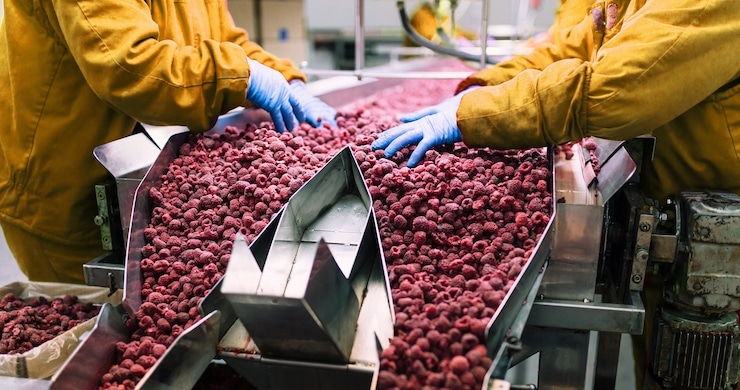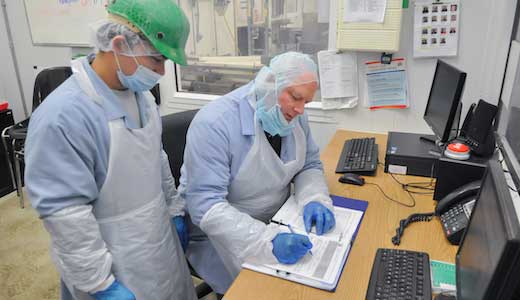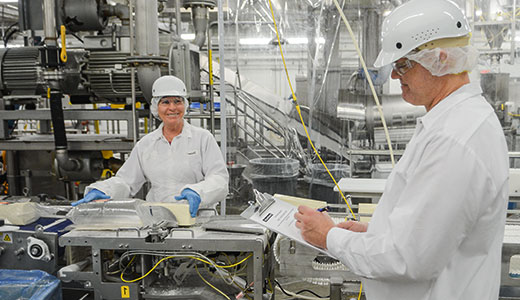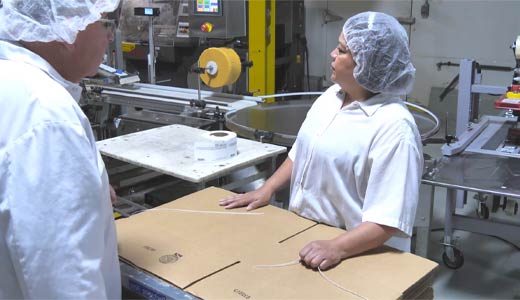Posted by Zosi Team

Can you spot the difference between food safety and food defense? While both have an important place in your facility, each presents distinct characteristics and consequences. Knowing the difference helps your team better protect the food and strengthens their contributions to your Food Defense Plan. Let’s take a closer look at food safety vs. food defense.
Variations in Terminology
The purpose of a food defense program is to protect foods from intentional adulteration and to reduce the impact of an attack on the food system. Food defense, however, is not a globally recognized term. Some countries refer to everything as “food safety.” Others use terms like “food integrity,” “food protection,” and even “food crime.” Keep this in mind when interacting with partners in different countries or regions.
At Zosi, we emphasize the definitions provided by the Food Defense Modernization Act.
Food Safety vs. Food Defense
You already know that food defense refers to intentional adulteration prevention. Food safety, on the other hand, concerns unintentional adulteration. This means that food defense stems from a system attack, while food safety originates in system failure.
Both food safety and food defense involve microbial chemical agents and potential contamination from physical agents, like metal or glass. Even so, food defense primarily focuses on unexpected agents. For example, you wouldn’t expect anthrax to show up in your food.
All in all, food safety contaminants usually occur at low levels and are reasonably likely to pop up during your hazard analysis. Conversely, food defense contaminants happen at higher levels (so that the attacker can produce an effect). Food defense threats do not often occur during hazard analyses.
| Food Safety | Food Defense |
| System Failure | System Attack |
| Microbial & Chemical Agents | Microbial & Chemical Agents |
| Known Agents | Unexpected Agents |
| Low Levels/Concentration | High Levels/Concentration |
| Reasonably Likely | Unlikely |
| Regulatory Enforcement | Criminal Investigation |
| Regulation History | Recent Regulation |
Regulation & Responses
Food safety involves a history of regulation, while food defense only recently saw regulation.
It’s important to note that there is a significant difference in the responses to food safety vs. food defense incidents. While the FDA and USDA regulate both, intentional adulteration is a crime. Therefore, a food defense threat could involve law enforcement – including the FBI. The perpetrators of intentional adulteration are subject to investigation, prosecution, and even jail time.
Conclusion
Understanding the difference between food safety and food defense helps everyone detect and respond to contamination issues in your food manufacturing facility. Food defense deals with intentional harm posed to your facility, while food safety concerns itself with those unintentional risks.
To learn more about food defense concepts and to identify vulnerable points in your food production, consider our Food Defense Supervisor Awareness course developed in partnership with the FPDI of the University of Minnesota – the leading authority on Food Defense. Looking to begin your path to Food Defense Qualified Individual? Click here.



 Food Defense Manager
Food Defense Manager
 Food Defense Supervisor Awareness
Food Defense Supervisor Awareness
 Food Defense in 15
Food Defense in 15

